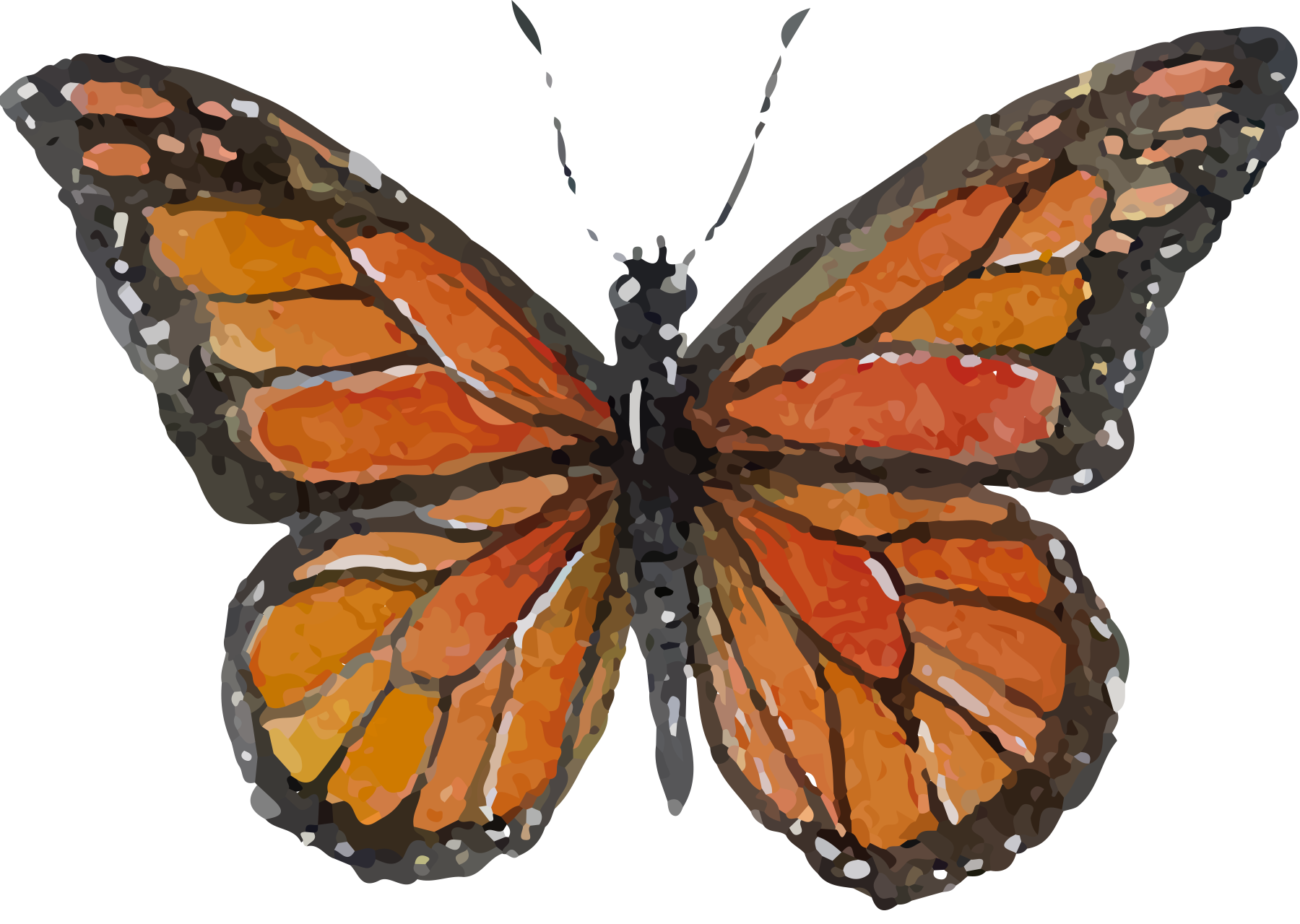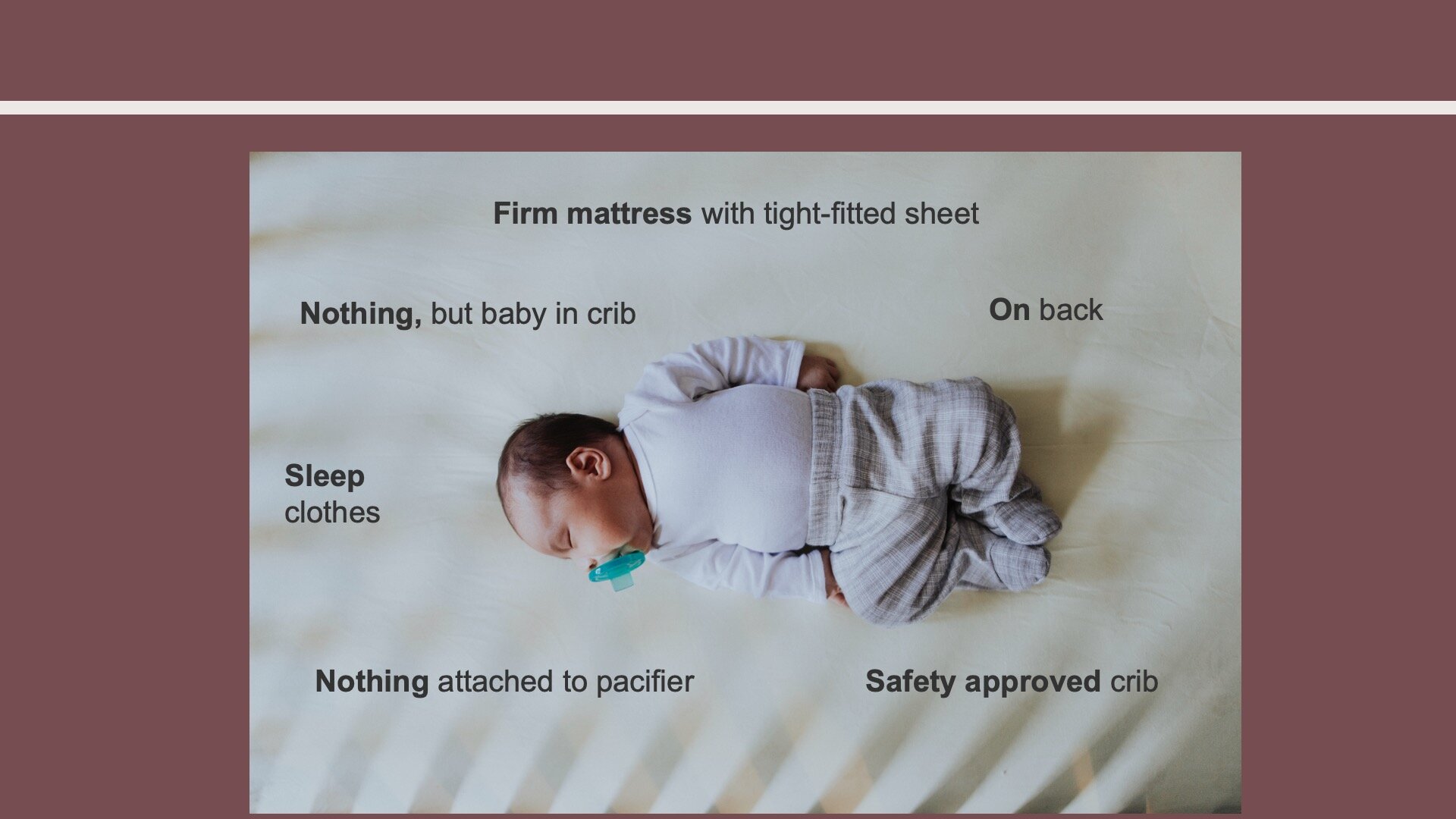Introduction
Contractors must establish, train staff on, implement & enforce a system of safe sleep practices to ensure children are protected from injury, suffocation or strangulation in a crib.
All infants will have a sleep environment that prevents injury & decreases the risk of SIDS.
Watch Video Lesson ❯
Sample Forms/Tools ❯
Review Sketch Pad Notes ❯
What is SIDS & SUIDS?
Sudden Infant Death Syndrome (SIDS) is the sudden death of an infant younger than 1 year of age that remains unexplained after a thorough investigation
Sudden Unexpected Infant Death (SUID) is the death of an infant younger than 1 year of age that occurs suddenly & unexpectedly. After a full investigation, these deaths may be diagnosed as suffocation, entrapment, infection, metabolic disease, cardiac arrhythmia, trauma or SIDS.
SIDS & SUIDS are the leading cause of death for infants. Most SIDS deaths are associated with sleep, which is why it's sometimes still called "crib death."
When considering which babies could be most at risk, no single thing is likely to cause a SIDS death. Rather, several risk factors might combine to cause an at-risk infant to die of SIDS.
Most SIDS deaths happen in babies 2 to 4 months old & cases rise during cold weather. Black & Native American infants are more likely to die of SIDS than Caucasian infants. More boys than girls fall victim to SIDS.
There are a number of ways that parents & child care providers can help to reduce the risk of sleep-related infant deaths.
SIDS is more likely among babies placed on their stomachs to sleep than among those sleeping on their backs. Babies also should not be placed on their sides to sleep.
Stomach sleeping may block the airway & hurt breathing. Stomach sleeping can increase "rebreathing" (When a baby breathes in his or her own exhaled air) particularly if the infant is sleeping on a soft mattress or with bedding, stuffed toys, or a pillow near the face. As the baby rebreathes exhaled air, the oxygen level in the body drops & the level of carbon dioxide rises.
Infants up to 12 months of age must be placed on their backs to sleep, unless there is a written medical exemption from a licensed physician on file that allows for an alternative sleep position.
What this might look like in a program:
Postings & visuals located within participant handbook & bulletin board serves as a source of safe sleep education & reminder to both parents & child care providers.
The regulations require that an Individual Sleeping Plan be completed for each infant, up to 12 months, prior to the infant’s first day of care. The Individual Sleeping Plan documents the infants:
Sleeping habits
Usual sleep environment
Rolling abilities
This will help ensure all infants have a sleep environment that prevents injury and decreases the risk of SIDS.
What this might look like in a program:
Contractors may include the Individual Sleeping Plan within the onsite child file to ensure the form is collected & reviewed prior to serving the infant.
What Safe Sleep Looks Like
All infants must have a sleep environment that prevents injury and decreases the risk of SIDS.
Safety approved crib
Firm mattress with tight-fitted sheet
Sleeping on his or her back to sleep
No blankets, pillows, toys or loose objects
Nothing attached to pacifier
Dressed in sleeping clothing, such as a one-piece sleeper
Nothing is covering the infants head
Note: Infants are never swaddled while in care and never forced to sleep, stay awake or stay in the sleeping area.
15 Minute Check-ins
According to the regulations, sleeping infants must be directly observed by sight & sound at all times. Caregivers must check on sleeping infants, up to 24 months, every 15 minutes & document their condition to check for signs of distress, which includes but is not limited to:
Labored breathing
Flushed skin color
Increase in body temperature
Restlessness
Note: Your organization or place of business may have a more stringent process.
What this might look like in a program:
Contractors may use the Infant Sleep Record form to document the physical checks required every 15 minutes while the infant sleeps.
Complete Knowledge Check ❯
After reviewing the video lesson & sketch pad notes, it’s time to check for understanding by completing a Knowledge Check. Note that Individual Knowledge Checks will conclude with a Certificate.








